
Sierra Leone is a western African country on the Atlantic Ocean. It is bordered by Liberia to the southeast, by Guinea to the northeast and by the Atlantic Ocean to the southwest. Its original Portugese name was given by the 15th-century explorer Pedro de Sintra and means “Lion Mountains”. When Britain was a great colonial power, Sierra Leone was one of its colonies.
History of Sierra Leone
In the 1780s the British government was faced with a problem. Currently the slave trade between Britain and the West Indies was still flourishing and huge profits were made by traders, owners of plantations and merchants. It contributed to the massive wealth of the City of London and other financial and shipping centers. Bunce Island in Sierra Leone was of one of the largest slave forts in West Africa during the transatlantic slave trade period. Early advocates of the abolition of the slave trade began to focus on the legality of importing slaves to England. They finally could force Chief Justice Lord Mansfield to make a judgement (1772 Somerset judgment). It made the transport of slaves to Britain unlawful.
The abolition of the slave trade continued in the late 18th century. The American War of Indepedence (in the 1770s) brought for thousands of slaves who were fighting for Britain the opportunity to win freedom. After the war ended more than 15000 ex-slaves found their way to London. They had to face unemployment and poverty.
A leading abolitionist named Granville Sharp (1735-1813) became more and more concerned by the growing number of unemployed and homeless Africans in London. Sharp could gain the support of the British government and arranged a passage for 400 men and women to a new home on the African West coast at the mouth of the Sierra Leone river. After the Royal Navy captain had brought the Africans to Sierra Leone and had negotiated a treaty for their stay with King Tom, the local ruler, he returned to England. The British government had no further responsibility for this settlement that became a failure. Within 2 years the settlement was deserted because of disease, heavy rainfall and the hatred of king Tom’s heir, king Jimmy.
Back in England Sharp got financial backing for a new settlement. The Sierra Leone Company was formed and new settlers were recruited. 1000 former slaves who had escaped to Canada went on the passage to Sierra Leone in 1792. The new settlers built their own town named Freetown. It was build in American style and developed to a trading centre.
Tensions grew because the Sierra Leone Company wanted to make all important policy decisions but the settlers wanted to have self-government. The company also wanted the settlers to pay for the land they were living on but the settlers refused to being tenants. Besides the African rulers started to realize that they lost their land forever to the Sierra Leone Company. After the arrival of British troops they attacked Freetown in 1801, 1802 and 1807. The African rulers were defeated. Meanwhile the trading opportunities of the Sierra Leone Company were affected by the war with France in a bad way. The company went bankrupt and the British government took control. Sierra Leone became a British colony.
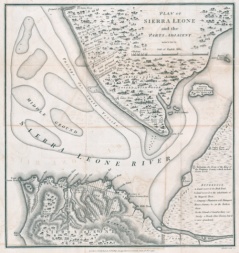
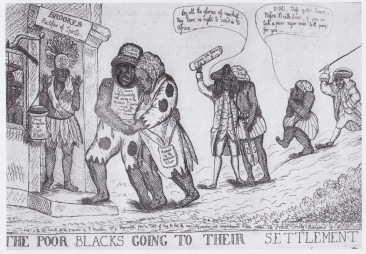
On the left: “Map showing Freetown and its environs http://www.kingscollections.org/exhibitions/specialcollections/i-speak-of-africa/towards-emancipation/the-sierra-leone-company
Reasons why Great Britain wanted Sierra Leone to have as colony
At first Sierra Leone was chosen as a place where free slaves could find a new home. One of the most valuable resources in Sierra Leone recognized by the British were diamonds. Sierra Leone was and is rich in diamonds. In many of the rivers and caves Diamonds could and can be found. Diamond mining became crucial to Sierra Leone’s economy when the British arrived.
Freetown became residence of the British colonial governor in the early 19th century. There the administration for the Gold Coast (Ghana) and Gambia was done as well. Sierra Leone grew out to the educational centre of British West Africa. In 1827 the British built Fourah Bay College. It attracted English-speaking Africans on the West Coast very quickly. Fourah Bay College was the only European-style university in western Sub-Saharan Africa for more than a century.
In 1961 Sierra Leone became independent.
Modern history and economy of Sierra Leone
To the independence constitution was formally put an end during the series of military coups which followed the independence. In 1967 military coup sets Premier Siaka Stevens’ government out of position. But he became president in 1971 after Sierra Leone became a republic. In 1978 a new constitution established a one-party state. The All People’s Congress was the recognized party. Return to a multiparty system took place in 1991. Many of the parliamentary features of the independence constitution returned.
Today Sierra Leone’s major resource are still Diamonds have caused wide-spread bloodbath and are one of the reasons for Sierra Leone’s modern day economy to collapse.
Sierra Leone’s major industries are agriculture, forestry and fisheries. For these industries 47,7% land is used. Their contribution is 59% of GDP (2010). Subsistent farming helps nearly half of the working-age inhabitants to survive. Rice, coffee, palm kernels, palm oil, peanuts, poultry, cattle, sheep, pig and fish are the main agricultural products. Cocoa, coffee and fish are the most important agricultural exports of Sierra Leone. The country’s major trading partners are Belgium, France, Netherlands and the US. Other industries are diamond mining and petroleum refining. Sierra Leone has rich resources of diamonds, gold, bauxite, rutile and iron ore deposits. Mining makes almost a third of GDP. The main export industries include diamonds, rutile, cocoa, coffee and fish. According to CIA Word Factbook 2012 more than 50% of all goods are exported to China.
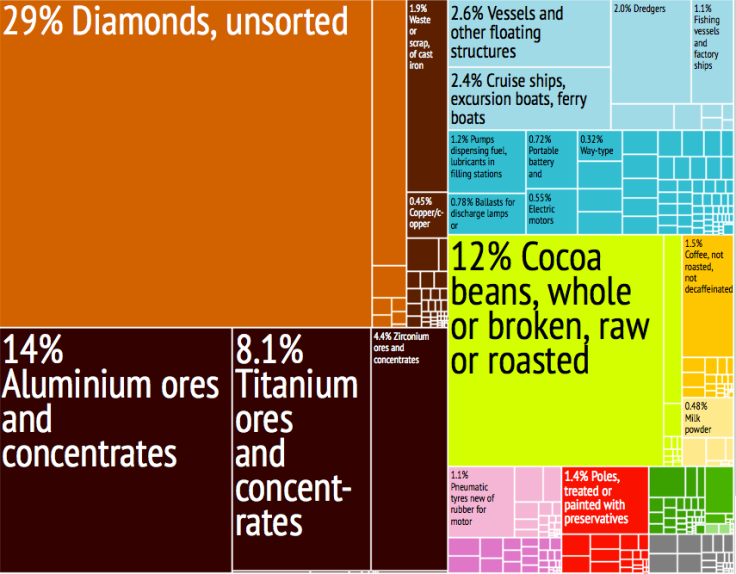
60% of Sierra Leone’s population lives below the poverty line. Sierra Leone is ranked number 14 in the top 25 poorest countries (GDP per capita $1,651, 2017). Because of a low number of teachers and resources primary education is not available to all. The adult literacy rate of Sierra Leone is 41%. In comparison to the global literacy rate it is more than 80%. 33,2 % of women and 39,9% of men complete secondary school. While in 2000 the life expectancy at birth was only 39 years, it increased to 48 years in 2017. There is low knowledge of HIV. The comprehensive knowledge of this disease is 29,8% for adolescents in cities or urban areas and only 18,6% for the countryside. Nearly half of the population is married by age 18. 88,3% of Sierra Leone’s population finds female genital mutilation (practice of removing a woman’s genitalia for cultural and religious purposes) acceptable. Technically it is illegal, but still very common.
.
What are gangs?
“Gang’is defined in general as a group of persons working together’ but in this essay the definition ‘organized group of criminals in the United States’is chosen. In every major city of the US gang violence is a problem. Gang violence is responsible for roughly half of all homicides.
Types of gangs
There several types of gangs like motorcycle clubs, national street gangs, local street gangs, prison gangs and ethnic and organized crime gangs. You find gangs mostly in poor sections of big cities.
There exist three major types of street gangs: ethnic gangs, turf gangs and prison gangs. They are defined by aspects as the reason why the members get involved, location or gang activities.
In ethnic gangs the nationality or race of the gang members define the gang. But it can also be the other way round. Gang members find each other and unite in their hate for another ethnic group. White supremacist gangs (man believing in male superiority, anti-feminist), Neo-Nazi gangs and skinhead gangs (close-shaven hair and often stand up for white-supremacist beliefs) unite because of their hatred for other ethnic groups like Jews, blacks, Hispanics and non-Protestant Christians
Turf gangs mostly are defined by the territory that the gang controls. Usually the gang members live together within a certain neighborhood. Sometimes they share a common ethnicity but not necessarily. As a neighborhood has a certain ethnic uniformity you will find this back in the composition of the gang. The names of the gangs refer usually to the neighborhood they live in and control.
Prison gangs When gang members go to prison, they often continue with their gang membership. Street gangs continue to exist. Inside prison walls they fight other gangs. There are also some gangs that start in prison.
Why people are joining street gangs
There are different reasons why people join gangs. Poverty is one of them. People can become gang members because of poverty. Someone who cannot earn enough money with a legal job and has a lack of money could turn to crime. They want to profit from the organized crime then. Many gangs are like moneymaking companies. Gang members can earn quite a large amounts of money by committing crimes and dealing with drugs. This is one of the explanations but not everyone who is poor joins a gang and not every gang member was poor when he joined the gang.
Members of gangs are often quite young. Gangs recruit on purpose youngsters. Teenagers are easier to influence than adults. Gangs make use of peer pressure. Youngsters often react very sensitive to peer pressure. Youngsters who live in a gang-dominated neighborhood are most likely to join a gang of their area. Also if they go to a school wherein gangs are strongly present, they tend to join a gang as many of their friend are involved already and because they are afraid of loosing all their friends. Teenagers often don’t realize that gang membership brings harm. But there are also enough teenagers who are able to resist and who don’t follow the crowd.
Teenagers of poorer neighborhoods tend to join a gang of their area because of boredom. Some even form their own gangs. For them gang membership is entertaining because they can’t entertain themselves. Many communities have tried to give kids something to do to avoid gang membership. To keep kids off the streets they offer sports, dances, tournaments and other youth outreach programs. Luckily there are 10 teenagers who find a productive and positive manner to spend their time in opposite of 1 teenager who gets bored and joins a gang.
Despair and search for belonging. You can find despair where people have lived in poverty for generations. Youngsters who a raised in this environment often have no hope to get a better life, a better education, find a decent job or get out of their neighbourhood. In many cases their parents are addicts or don’t care what their children are doing, some even approve their childrens’ gang membership because they often have been a member of the same gang in the past. For these kids gang membership can give a sense of belonging somewhere and being a part of something that is important. The gang can feel like the only real family for them.
Another reason people join a gang is to seek protection from violent crime in general or from rival gangs.
Why are street gangs so dangerous?
Gangs can be very dangerous to the people around them but also especially to their own members. Because junior gang members lack a criminal record they often get forced by the gang leaders to do dangerous tasks. Gang leaders usually have an extensive police record illegal behavior. Junior gang members are often tested or forced into doing dangerous tasks because they lack a criminal record.
In the beginning when someone has chosen to join the gang you may be given tasks that seem to be ‘safe’. But after that the situations become more and more dangerous over time and get you more and more into trouble.
The first task you get can seem to be a small violation of the law but after doing it they can always blackmail you with it.
Getting caught by the police, the violence from other gangs when they catch you or violence of your own gang members towards you make that you live a life in fear every day.
Conviction of crime will put you in jail for quite a time. The gang is able to force you in certain situations to choose the gang above your family or friends. Violence is seen as normal and encouraged in gangs — you may be pushed into hurting others or even worse. So, think twice before joining!
If you lose your religion or your belief in how your community lives and thinks it is not easy. It can change your life dramatically. As it comes to religion, thinking in a different way than your family, friends and former fellow believers can cost you all: their love, respect and support. You can end up as an outsider in isolation and loneliness. They just cut you off.
If you do so you are an apostate. An apostate is someone who has given up his or her religion. Stopping to be a believing Muslim is such an example. Leaving the Muslim religion brings shame, rejection, intimidation and very often family expulsion. You often get threatened, you even have to fear for your life. What the Sharia law orders for apostasy is capital punishment. Capital punishment means that you will be executed. Common law sentence this as murder. In the Observer article ‘Losing their religion’ it is written that “British Islamic extremists travel thousands of miles to kill those they deem unbelievers.”

There are other communities where you will be cut off by the family, friends and members of the community when you decide to stop living according to their rules. An example for that are the Amish. The Amish are the members of a strict Mennonite sect (traditionalist Christians). Most of them live in the United States, mainly in Ohio, Pennsylvania and Indiana. They prefer a simple lifestyle. Usually they are farmers. Amish only marry other Amish. There are different groups of Amish with slightly different rules. The Amish reject most modern technology, simple examples are cars, radios, TV’s, computers, (smart)phones and photos. Instead of a car they use a buggy or horse for transport. Their clothing is plainness, conservative, black or with muted colours. They live their own life separated from the rest of the American society. The Amish have their own private education system. Important are the ‘four Rs’: reading, writing, arithmetic (part of mathematics involving adding and multiplying numbers) and religion. Usually they have one room and one teacher for all classes. Teachers mostly don’t have a special teacher training. They go to school until they are about 14 (eighth grade). Before and after school children often do farm work. When they are about 16 years old they get the chance to explore the (forbidden) outside world. It is called ‘rumspringa’ (running around). After ‘rumspringa’ they have to decide if they want to be baptized and commit to the Amish way of life forever. If they do not return the family ties are still viable but restricted. The rules how you have to treat each other are different. Visits are not very welcome because it could have a bad influence on sisters and brothers. If a member decides against the Amish lifestyle and want to leave permanently he/she will be ‘shunned’. That means that this person will forever be treated as an outsider, a stranger. This person will not be allowed to participate in the community again and family ties will end. Shunning also takes place when a member acts against the rules (ordnung).
Another example you can find in the Jewish community. If a woman wants to get a divorce she often comes into trouble. Because in their religion Jewish see marriage as a matter of contract between two persons. They call them two willing parties who make a contract. And because of that the two parties have to decide if they want to marry and if they want to divorce, not the state. There is also no time necessary between separation and divorce. But if a Jewish woman asks for a divorce from her husband she often has to pay a high price for her freedom. She has to persuade him to ‘give her a get’. That means to let her go. Therefore she may have to give up her right to child support, marital property (property acquired after the marriage) and the custody of her children. All this to make him let her go. As long as her husband refuses a divorce the woman stay ‘chained’ to the marriage (called Agunah). If she started a new relationship the community would see her as an adulteress, a betrayer, and her children as ‘mamzer’. It is a big shame and mamzers are not allowed to marry a Jew. So they get outcast of the community. At the same time the husband who prevents the wife from a normal life, can get remarried himself and have children in his new relationship. Also people who have grown up in the (ulta) orthodox Jews community can be cast out their society when they get caught breaking the rules.
The Observer, Losing their religion, Wasp Reporter Number 4, volume 14, 16-17
http://www.exploring-amish-country.com/amish-education.html
https://abcnews.go.com/2020/amish-teens-tempted-drop/story?id=8473224
http://www.religionfacts.com/amish
http://www.exploring-amish-country.com/amish-shunning.html
https://eu.usatoday.com/story/news/nation/2014/08/15/amish-ten-things-you-need-to-know/14111249/
https://people.howstuffworks.com/amish5.htm
http://www.bbc.co.uk/religion/religions/christianity/subdivisions/amish_1.shtml
http://www.newsweek.com/divorce-orthodox-jewish-community-can-be-brutal-degrading-and-endless-3082
https://jwa.org/encyclopedia/article/divorce-halakhic-perspective
https://www.myjewishlearning.com/article/the-mamzer-problem/
https://newhumanist.org.uk/articles/5195/leaving-the-hasidic-community
https://www.nytimes.com/2017/03/30/magazine/the-high-price-of-leaving-ultra-orthodox-life. html
George Orwell
Early Years
George Orwell’s real name is Eric Arthur Blair. He was born in 1903 in Motihari. That is a town in the British Colony India.
He was a lonely boy. He liked to make up stories and talk with imaginary companions. He could hardly write when he started to write.
Poems and short stories were his way to deal with his boredom and loneliness. When he was 11 his first poem was published.
Adult Years
George Orwell moved around quite a bit.
From London he moved to Burma to work for the police. He started to dislike British Imperialism then.
After some time in Paris he moved to London and worked as a school teacher. He had jobs to earn money to be able to go on with his writing.
Orwell was positive minded about a true socialist state. He lived in Spain to write about the Spanish Civil War and was against the Fascist party.
George Orwell worked for the BBC broadcast, as a literary editor of ‘The Tribune’ .
Later on he became a war correspondent for ‘The Observer’ in Paris and Cologne.
George Orwell got tuberculosis which affected his whole life and made him stay in hospital several times.
He married twice in his life and had an adopted son.
1950 he died of tuberculosis aged only 47.
Orwell’s writing
His career lasted nearly seventeen years.
George Orwell wrote two of the most important literary masterpieces of the 20th century: Animal Farm and 1984.
In his writing Orwell’s was looking for truth. Even his fiction has elements of the world around him.
Orwell has said that he writes because there is some kind of lie that he has to make visible. That there are some facts to which he wants to draw attention.
Early Years
George Orwell’s real name is Eric Arthur Blair. He was born in 1903 in Motihari, Bengal. That is a city in India. That was the time that India was a British colony.
George Orwell spent his early years in India. He was a lonely boy who liked to make up stories and talk with imaginary companions. George began to “write” before he even knew how. When he was 8 years old, his parents sent him to a boarding school in England. There he began to write poems and short stories. That was his way to deal with his boredom and loneliness. He was only eleven years old when he published his first work. (a poem called “Awake Young Men of England”)
Adult Years
George Orwell moved to Burma in 1922. There he worked for the police. After 5 years he stopped working there. That was because Orwell started to dislike British Imperialism. After living and working in Paris, he moved to London. His first novel Down and Out in Paris and London’ was published in 1933. In that time Orwell was teaching in a small private school in Middlesex. He got tuberculosis which affected his whole life and made him stay in hospital several times.
Then Orwell worked in a bookshop. There he met his soulmate Eileen O’Shaughnessy. They married in 1936. Shortly after that he went to Spain to write newspaper articles about the Spanish Civil War. He was positive minded about a true socialist state. Orwell joined the fight against the Fascist party.
By 1939, Orwell had returned to England. In 1941, he took a position with the BBC for broadcasting to India and Southeast Asia. He disliked spreading information propaganda to these British colonies. It was against his nature and his political philosophy.
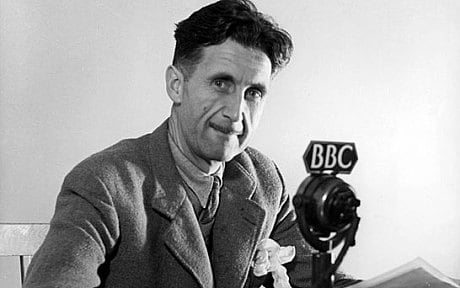
In 1943, Orwell got a job he liked much better: He became the literary editor of The Tribune.
Orwell and Eileen adopted a son in 1944. Shortly after that Orwell became a war correspondent for the Observer in Paris and Cologne, Germany. Eileen died in the beginning of that year. That was a tragedy for Orwell, just before the publication of one of his most important novels: Animal Farm.
Even though is health was bad, Orwell continued his writing and completed the ‘1984’ in 1948, published one year later with great success.
Orwell married in 1949 Sonia Brownell. Just one year later he died of tuberculosis.
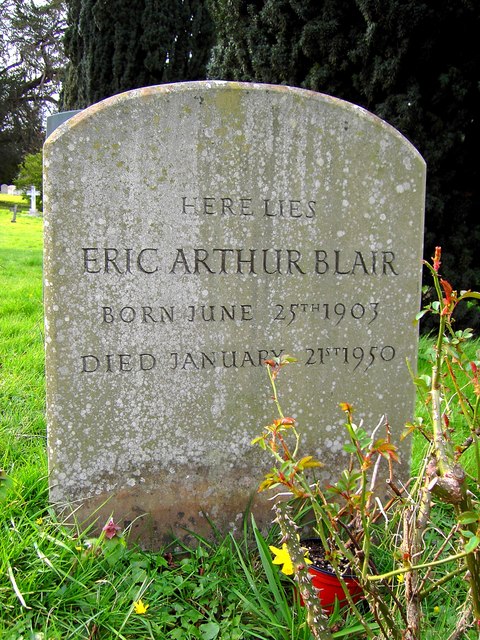
Orwell’s writing
His career lasted nearly seventeen years. Ironically is that Orwell didn’t consider himself a novelist, but he wrote two of the most important literary masterpieces of the 20th century: Animal Farm and 1984. These are also the most famous novels of his career. His memoirs, other novels, and his work are also important for twentieth century literature.
In his writing Orwell’s was looking for truth. Even his fiction has elements of the world around him: the wars and struggles that he saw, the terrible nature of politics, and the terrible impact that totalitarianism has on the human spirit.
From the time he began to write at the age of twenty-four, Orwell wanted to show the struggles of “real” people, to live among the less fortunate, and to tell their stories.
Orwell has said something about his own writing. He writes because there is some kind of lie that he has to make visible. That there are some facts to which he wants to draw attention.











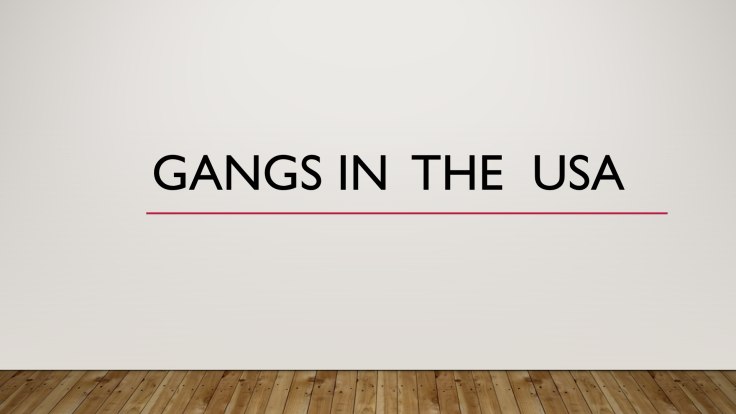
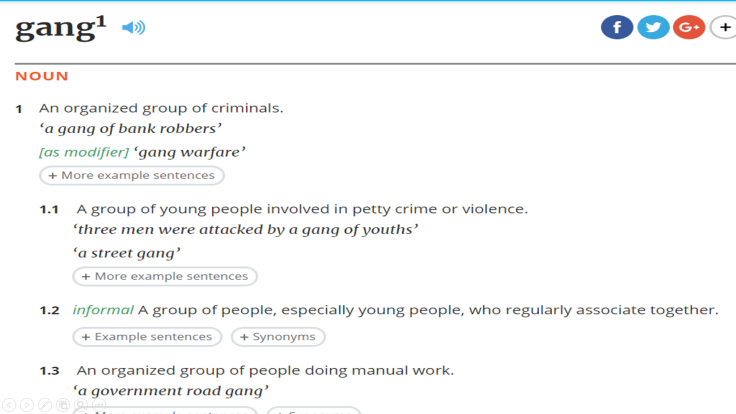
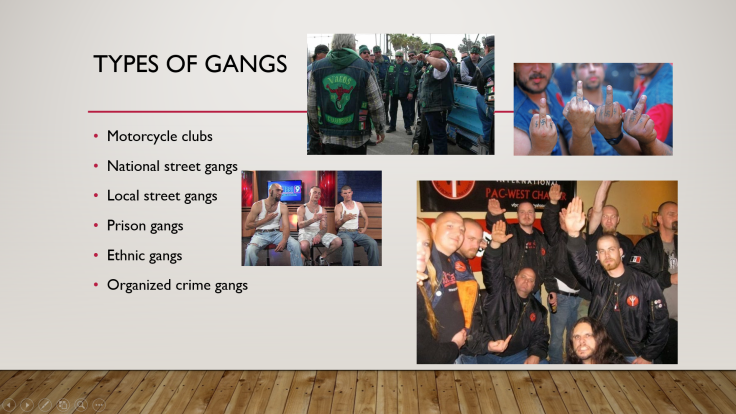
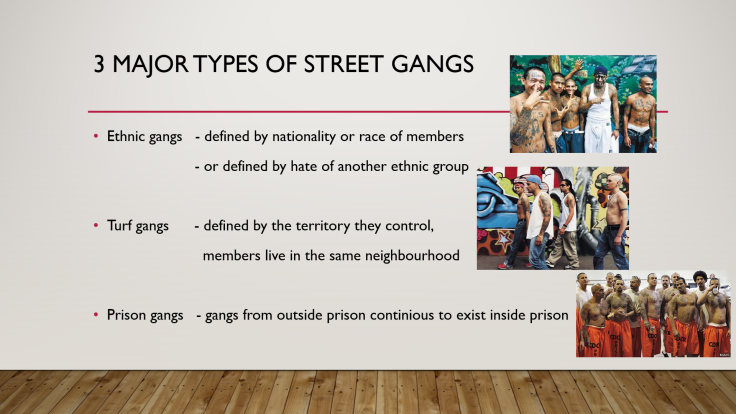
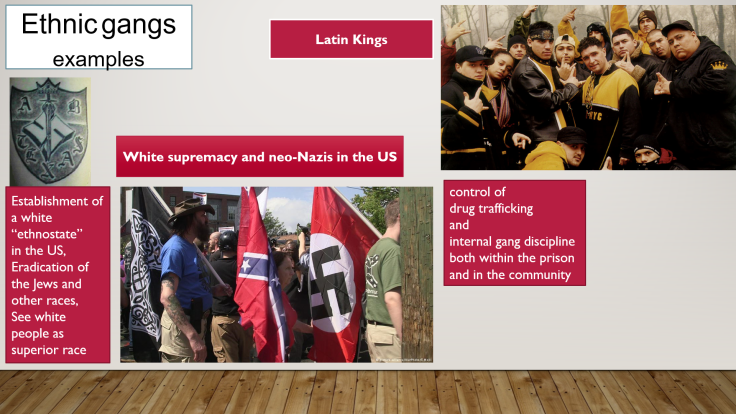

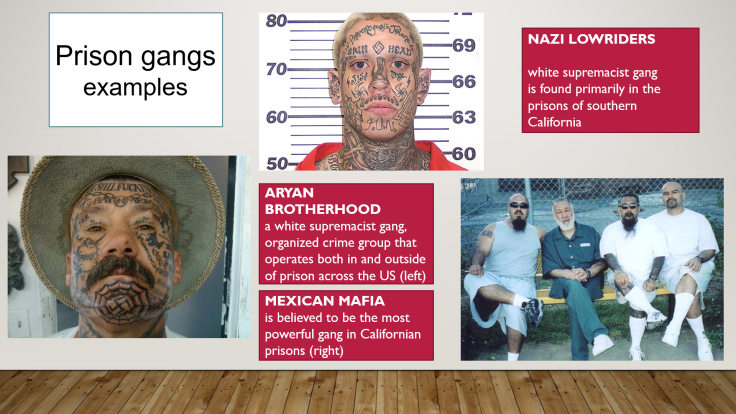
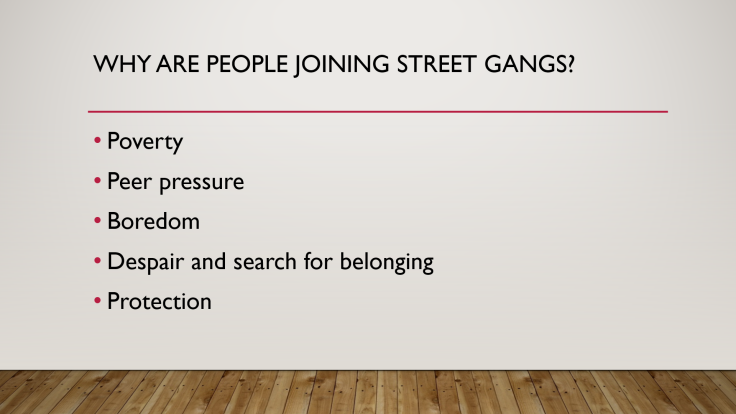
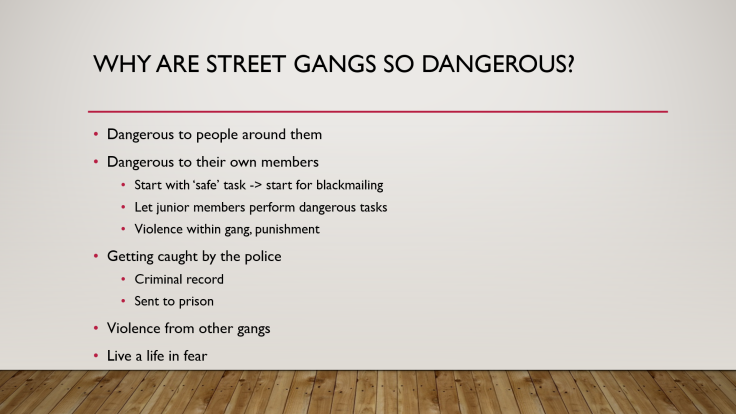
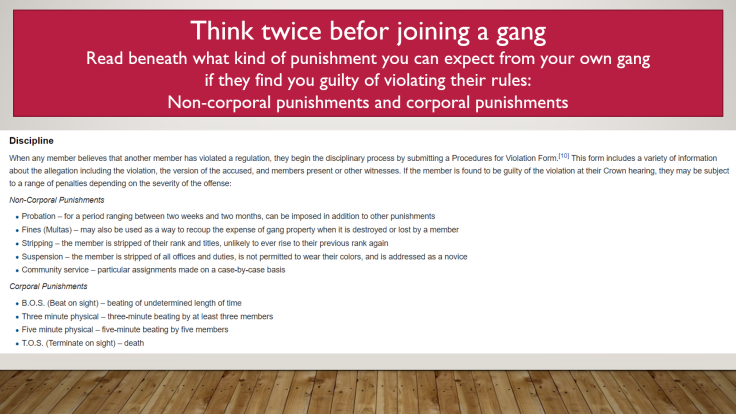
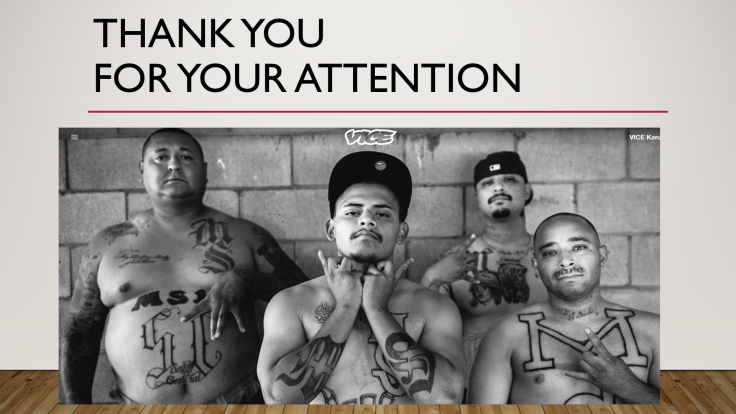
























Recente reacties